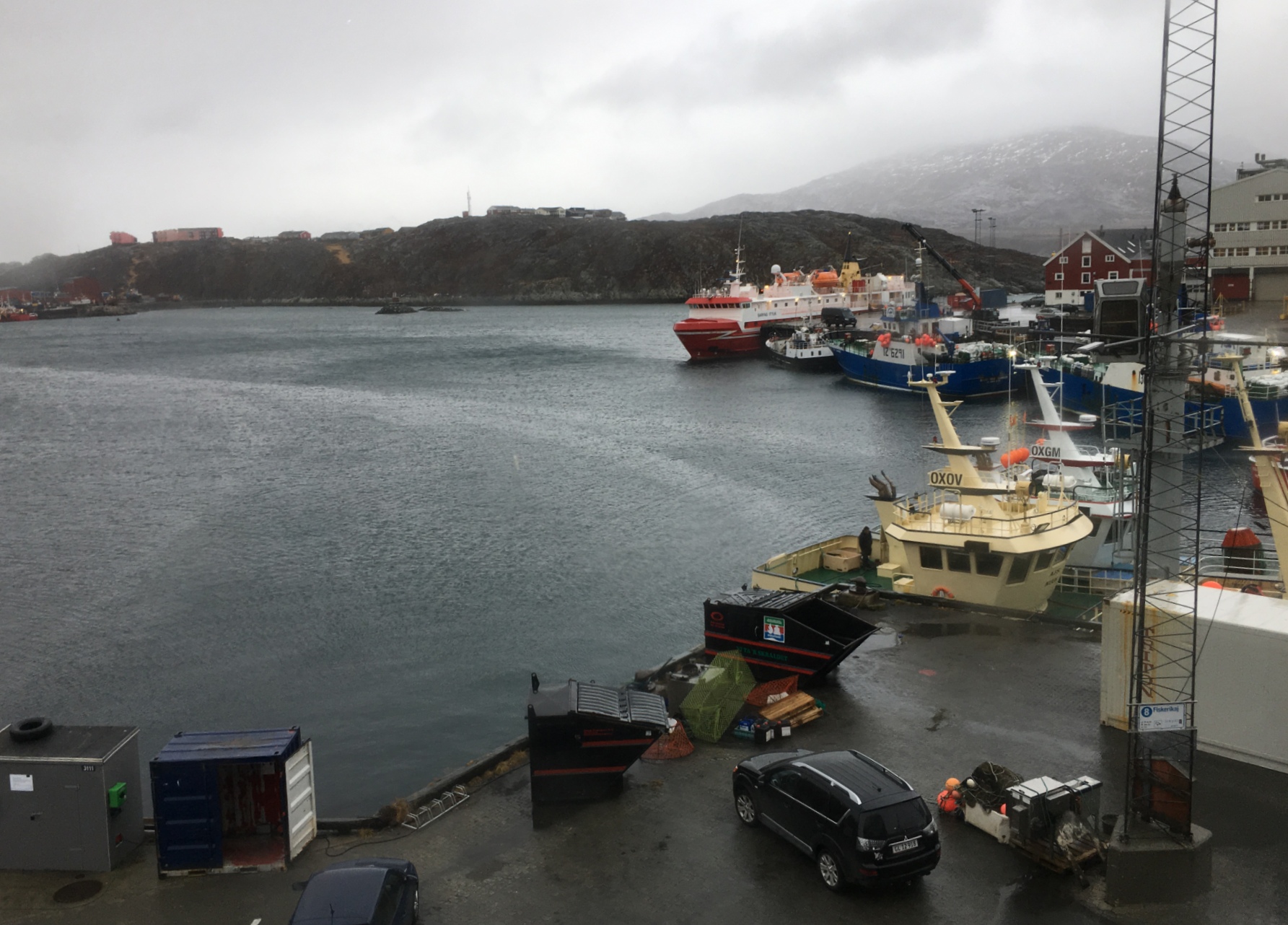Greenland’s economy is poised to rebound in 2021
But tourism will be slower to return to pre-coronavirus levels, a new quarterly economic outlook warns.

Greenland’s economy will contract this year as a result of a slowdown in activity related to the coronavirus outbreak, but growth can be expected to return next year, the government’s panel of independent economic advisors predicts in its most recent outlook.
“Greenland’s economy has been impacted differently by the current situation than most other countries have, given the economy’s unique structure,” Økonomisk Råd wrote in its spring report.
The conclusion reiterates the panel’s previous findings, citing fisheries and a hefty subsidy from Copenhagen — two of the most important components of Greenland’s economy — as two of the main reasons why the country will be able to avoid a long-term economic decline related to coronavirus-related restrictions on commerce and travel.
After falling by an expected 8 percent in the second quarter of this year, the overall decline in 2020 will be around 1.5 percent. Next year, growth will resume at a rate of perhaps 5 percent — though much will depend on economic activity abroad.
“As a result, the corona outbreak signals a significant shift from a period of growth and increasing employment. A contraction and a worsening of public finances is unavoidable. This will have an impact on our economic headroom and our fiscal policymaking in the years to come,” Økonomisk Råd said.
[Greenland is well-placed to weather COVID-19’s economic storm, economists say]
The report points to tourism as the biggest economic victim of the coronavirus. It makes up just 3 percent of Greenland’s economy, but with a limited domestic market, the industry relies on foreign travellers.
Økonomisk Råd notes that with most foreign travel restrictions likely to remain in place during the peak season, 2020 is shaping up to be a total loss. Next year will see a partial return, though it warns the industry to prepare itself for a prolonged recovery due to long lead times for travel planning and the likelihood that many potential travellers will only gradually lose their aversion to activities that could put them into contact with others.
Losing the 2020 season would cost Greenlandic businesses 450 million kroner ($67 million) in revenues — about a tenth of the annual subsidy from Copenhagen — according to Visit Greenland, the national tourism-promotion agency.
Though Visit Greenland has not made any prediction of its own for when travellers will begin returning, it considers August — the earliest possible date — to be unlikely.
[Greenland’s companies are eager to get back to business]
Its two other scenarios call for a short tourism season starting in October and the entire loss of the 2020 season.
“But no matter what scenario plays out, we need to prepare ourselves for a summer season more or less without any visitors,” Julia Pars, the head of Visit Greenland, said in a statement.